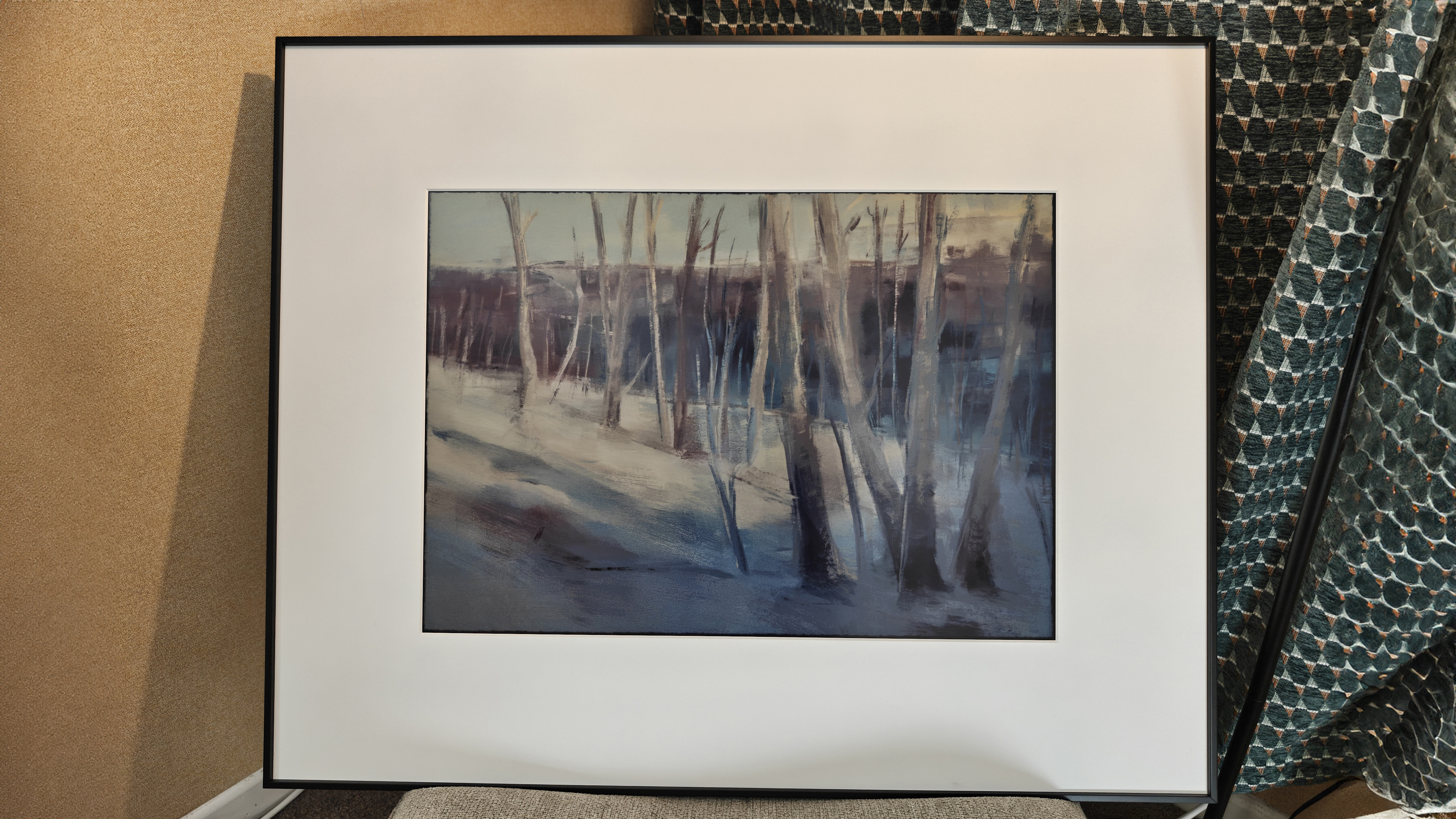7 pro tips for creating stylised art
Professional illustrator Dave Neale explains how he's cultivated his signature style – and what you need to do to find your own.

We caught up with Dave Neale following his brilliant lecture on Stylisation at this year's Industry Workshops. The illustrator and concept artist has designed characters for games and publishing as well as for animated advertisements like this Aquafresh ad and a brilliant Disney-inspired Triumph bra ad.
Dave has a very stylised, 3D look to his work but he is adamant you need to know the rules of how to draw before breaking them. (For some guidance on a set of art rules that are hard to master, see our post on how to use foreshortening in art.)
In his many years as an artist he has made a lot of mistakes, such as aimlessly drawing without learning from it, getting lazy, not addressing issues when they occur in his illustrations and buying into bad advice.
From this he has recognised what it is exactly you need to learn in order to create unique, interesting characters. Like with music, he says, you need the basics to create new genres. These fundamentals are: form, structure and proportion.
01. Learn the fundamentals
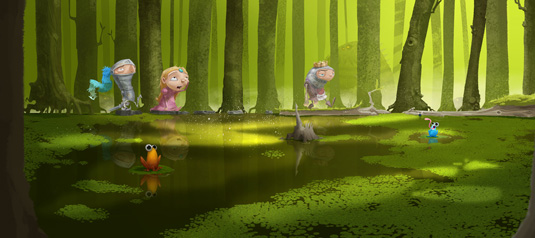
Form is key
This should be old hand to every artist, but a lot of the time, it's not. You MUST have a basis in realism before you can create characters who aren't realistic but still exist as convincing creatures.
How can you push a fish to look cool when you can't even draw a realistic fish? If a drawing seems off it's usually the form that is incorrect. Form means breaking everything down into shapes.
Daily design news, reviews, how-tos and more, as picked by the editors.
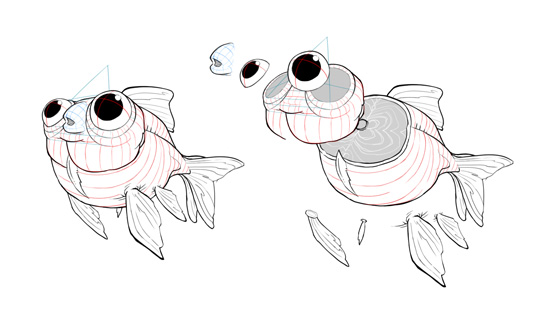
Knowledge is power: Structure
Structure is the anatomy of what you are drawing – whether it's an animal or object – know how it's built! muscles, bones, skin, fur/ trunk, roots, branches, leaves – these are all part of the structure.
Make sure you don't have any knowledge gaps – know as much technical stuff as you can so it becomes intuitive. It's not just a case of knowing your fundamental art rules but how to apply them, and truly understanding them.
Once you know the make-up of an animal, you are freed up to make design choices without worrying about the logistics. This will make your work the best it can be for its purpose.
Remember: if you want to push how things look, you need to know how it's structured to make the stylisation believable.
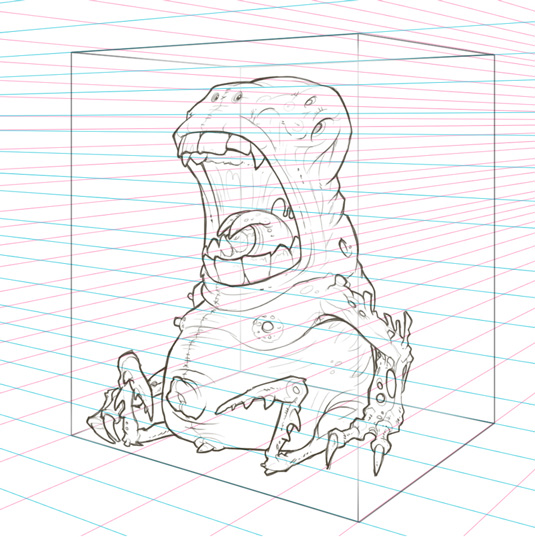
Tip: Use grids (also handy for perspective)
Get the form right by using grids or containing everything within more simple forms – like a box or triangle – try and find a way of simplifying the sketch. Use these geometric shares to check when things don't look right, it's basically reducing your illustration down to bite-size manageable pieces.
See in 3D: Proportion
Perspective is incredibly important. Dave says to think of everything 2D as it would be in 3D – this is particularly important for conceptual artists but will also help you to realise your proportions.
If you can't draw primitives (squares, circles, etc) of varying complexity and in different angles, don't even bother with making the leap to really complex shapes and forms.
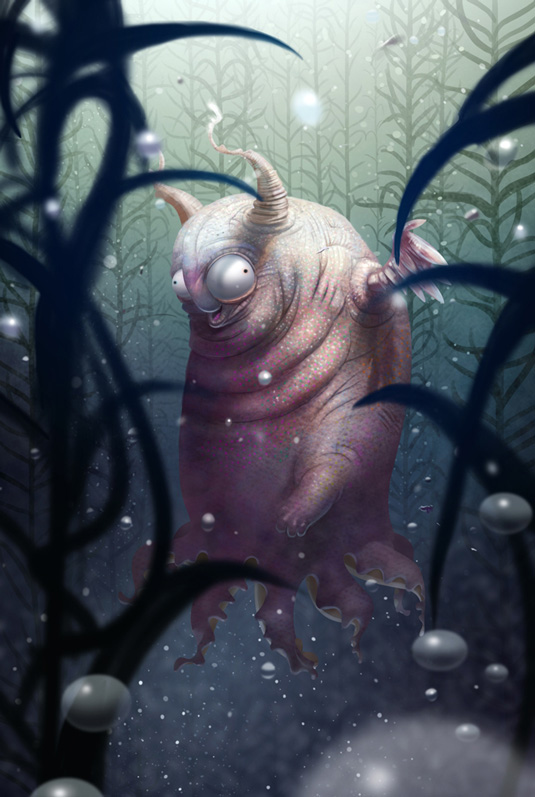
The right perspective
Perspective is a good example of proportions. It has a huge effect on everything, for example, eye placement – and if you haven't nailed it, when you push a drawing to extremes in order to stylise it (for example, cute, anime-style eyes) it won't look right if your perspective isn't right.
Make it fun: draw boxes as characters with eyes to practise primitives
With heads, for example, symmetry is key, so make sure you are taking note as you draw. What if you flip the drawing? Does it still look right? If it doesn't – perhaps symmetry is off.
Foreshortening is a difficult concept to grasp, so, again, tackle it in its simplest form - use squares and boxes, turn them into characters to make it fun and have them at varying degrees.
It's easy to find real-life reference for a box, and you can transfer these simple shapes into more complex ones. Most animals and objects are really, essentially just made up of many simpler shapes.
02. Reference and research is essential
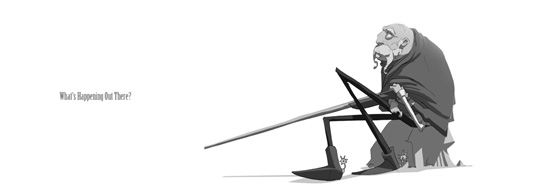
Use reference to add complex details to your drawings. Study as much anatomy as you can and research real life. Dave does his life drawing at the zoo – but it helps a lot that he has knowledge of animal anatomy underneath the skin – he advises you not to blindly copy, look deeper.
Knowing how each bone moves and how each muscle sits informs his illustrations and really brings them to life. You will then have multiple options based on decisions rather than limited by a skill gap.
Most animals are constructed similarly - so once you have these broad concepts, such as the basics of human anatomy, you can fill in the gaps and apply this, adapting the structure to create a style.
If you want to create from imagination, it all goes back to structure and form – know it, and this is only going to sink in if you do your research and use plenty of references. You may have heard it a million times in art school, but life drawing is invaluable!
03. Tackle your mistakes
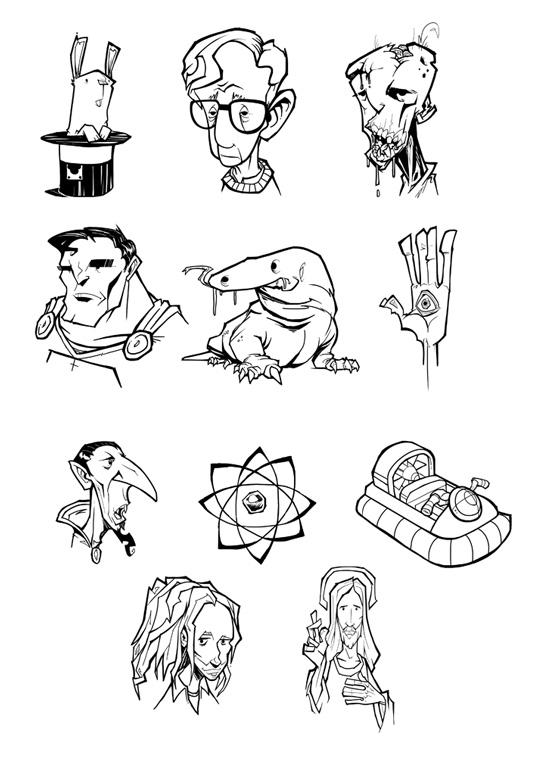
Identify your shortcomings. Are you terrible at hands? Are you just not getting your head around action poses? Study them! Every artist has their weak points. We could all sit on our laurels and keep drawing the same things that you know how to, over and over – but you will never grow and never learn.
Analyse everything you draw, break it down into structure and think about why you are drawing what you are drawing.
You never know what the next job that comes in might be and it always pays off to be able to extend your skills. Tackle the things you don't find easy, keep going at it – but don't overwhelm yourself. It might take months, or even years to truly master the things you are bad at, but allow yourself that time.
04. Practise makes perfect!
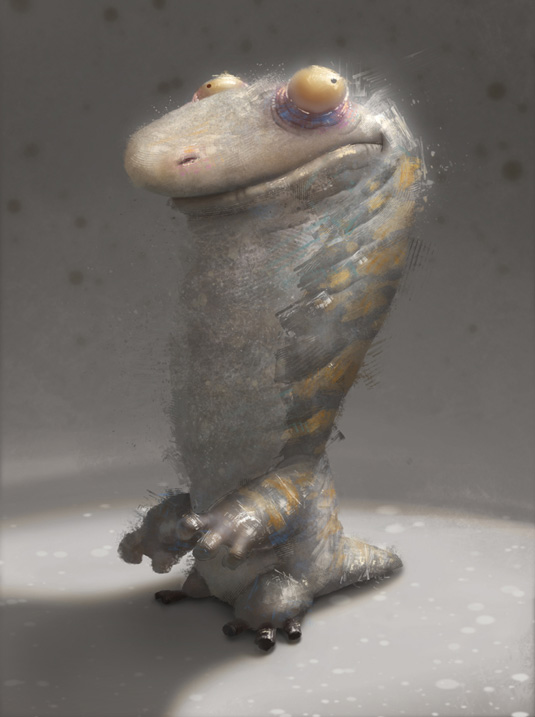
Along with tackling things you find difficult, refine the skills you already know.
Can you draw attractive lines? Practise your dexterity, so you become a real master of illustration. Bad markings can kill good form, so it is integral you get them right. Try different ink styles, make sure you can do neat hatching.
Your drawings must read well without any painting over it - while paint can cover up sloppy line drawings, you don't want to rely on this as a crutch. Your hand should be able to do exactly what your mind is thinking, your hand-eye-mind co-ordination is super important.
05. Don't buy into all advice
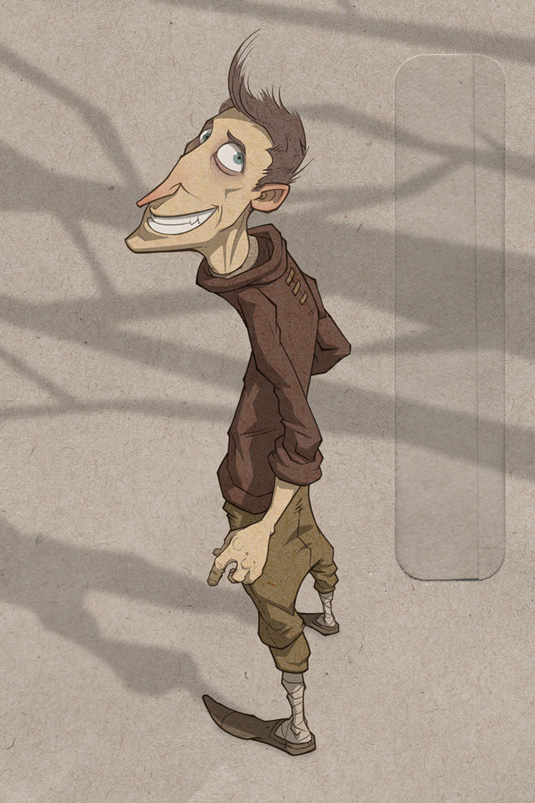
Nobody knows what will work for you except you. Listen to advice but be skeptical – it might not work for you this way!
We don't all work the same – we all find different ways to learn. You must work out how you learn and the difference between studying and understanding. Know why you are making the decisions you are making.
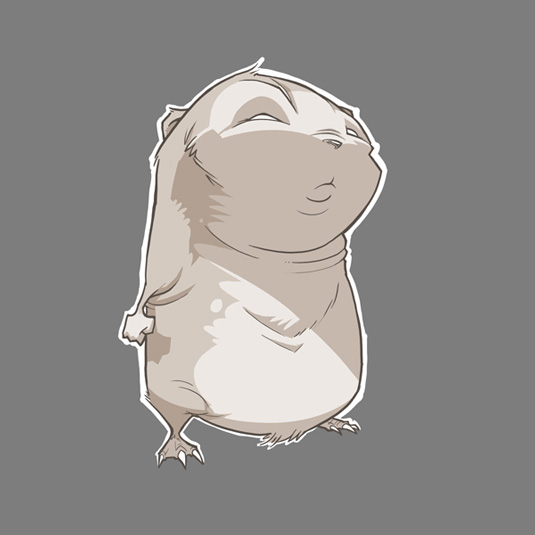
Do you need to look at 2D reference, do you learn from books? Could Pinterest help? Perhaps you need a YouTube tutorial, or a real life class? Maybe you need to study at a zoo, find out some more technical, scientific facts and information.
You need to get to the stage where you intuitively use the fundamentals and are able to break down every character to it's structural underpinning. Find your own path and make it work for you!
06. Take cues from others

Know yourself and be opinionated, Dave insists. Know what you like and study what you like! Practise it, take what you enjoy and mix it into your own style.
Absorb the real world and stand on the shoulders of giants, advises Dave. Steal all the stuff you like and add your own touch. Ask what your favourite elements are, why you like a particular artist and use it to fuel your imagination.
Rather than copying, your art should become a hybrid of many influences – just like musicians pick various artist to inspire their own, take aspects from each artist you love and try and incorporate it into your own style.
07. There is always more to learn
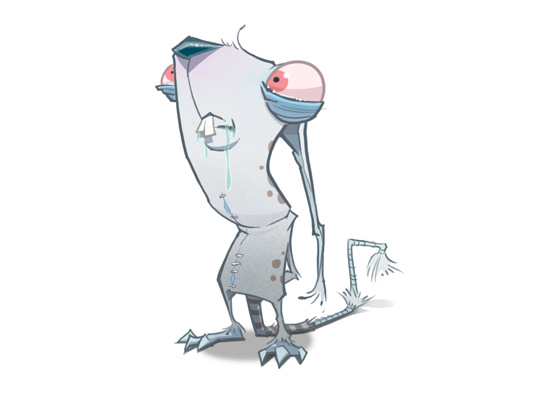
Don't do the same thing over and over. Don't use style as a crutch when you don't know your proportions.
Draw from imagination, experiment and ask yourself why. Why are your breaking the rules? A feeling? Have opinions, develop good design intuition by giving yourself good habits, so that all the fundamentals become second nature and never get lazy.
Above all, never be too hard on yourself - Dave himself admits he is still learning and trying to break free of bad habits, even as a professional. Have fun!
Like this? Read these...
- Why you must make time for personal projects
- 5 Reasons artists can't live without Pinterest
- How to become an artist without the help of traditional art school

Alice Pattillo is a freelance journalist with a passion for heavy metal, horror, science fiction, fantasy and comics. She has over seven years experience in magazines, formerly working as a staff writer at Creative Bloq, Imagine FX, Computer Arts and 3D World, as production editor for Guitar World and Guitar Player and online editor of Metal Hammer.
